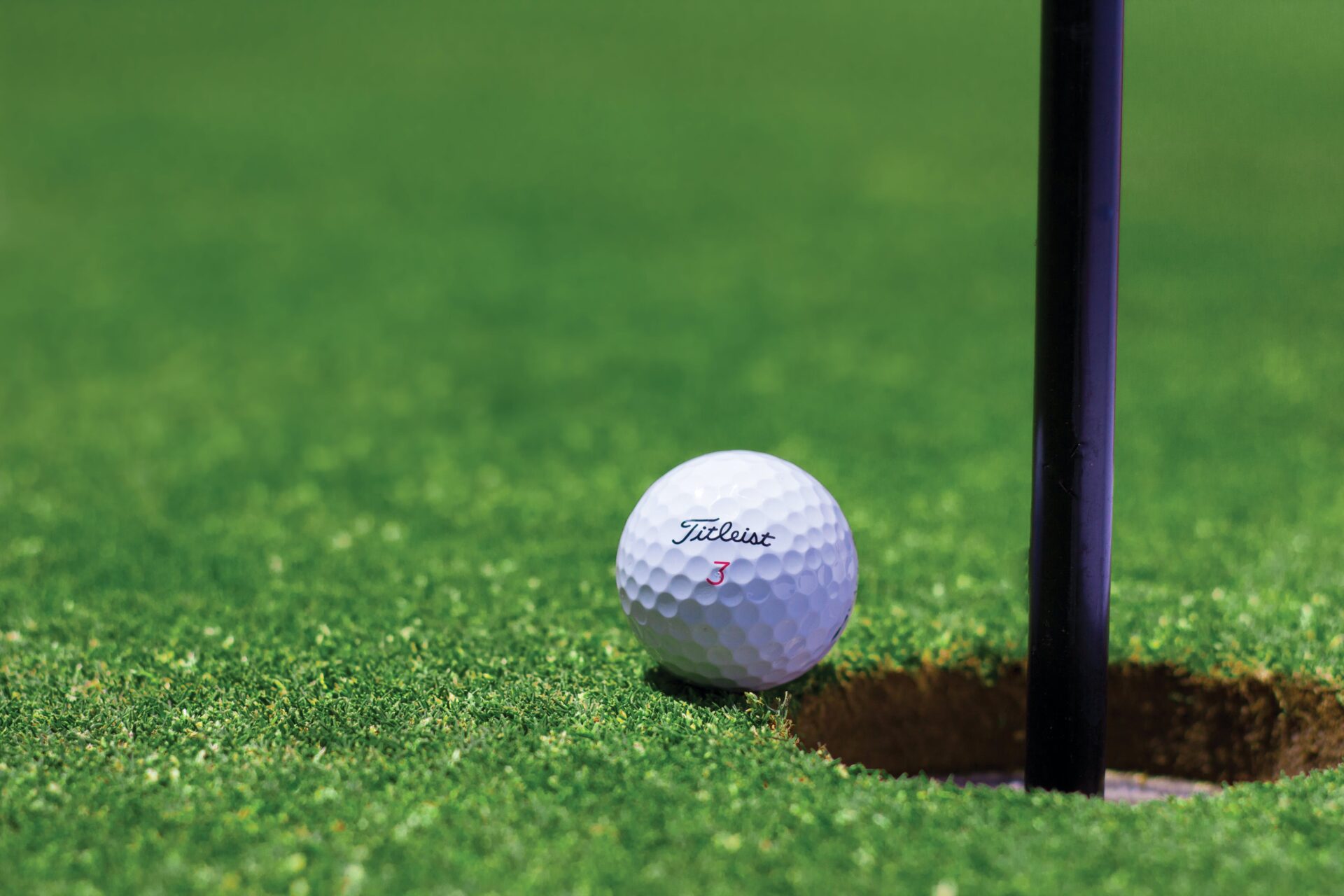Tennis balls are an essential part of the game of tennis, and yet many of us don’t know how big they are. Knowing the size of a tennis ball is important for any player, as it affects the way it’s played. In this article, we’ll take a look at how big tennis balls actually are, and why their size is so important.The standard size of tennis balls is 2.57 inches (65.41 mm) in diameter and weigh 2.7 ounces (77 g).
How Do Tennis Ball Sizes Differ?
Tennis balls come in a variety of sizes, each designed for a specific purpose. The three main types are regulation-size, pressureless, and mini-tennis balls. Regulation-size tennis balls are used for professional and competitive matches, while pressureless balls are designed to last longer during practice sessions. Mini-tennis balls are small, softer versions of regular tennis balls, and they’re usually used for drills that focus on technique and accuracy.
Regulation-size tennis balls are 2.57 inches in diameter and weigh between 56 and 59 grams when dry. They’re designed to bounce around 78 centimeters when dropped from a height of 100 centimeters onto concrete or clay court surfaces. Pressureless tennis balls don’t have any pressure inside them and they don’t bounce as high as regulation-size balls. They’re slightly larger than regulation at 2.7 inches in diameter but still weigh the same amount (56 to 59 grams). Pressureless tennis balls are ideal for beginners because they don’t bounce off the court as quickly as regulation-size ones do and they last much longer during practice sessions than regular ones do.
Mini-tennis balls are smaller versions of regular tennis balls and they weigh much less – usually around 18 to 20 grams – and measure between 1.5 to 2 inches in diameter (depending on the manufacturer). These small, soft foam versions of the real thing help players focus on technique rather than power when it comes to hitting the ball because of their reduced size. Mini-tennis balls also help improve accuracy by providing more control when hitting them, especially when playing with smaller racquets or with one hand instead of two hands on the racquet handle.
International Tennis Federation (ITF) Standard for Tennis Balls
The International Tennis Federation (ITF) has established a standard for tennis balls in order to ensure consistent performance and quality across all manufacturers. The ITF has laid out strict guidelines for the size, weight, bounce, pressure, and deformation of tennis balls that must be met in order to be certified as an official ITF ball.
The size of an ITF-approved ball must measure between 6.54 and 6.86 cm in diameter. The weight of the ball must range between 56.0 and 59.4 grams when tested at a temperature of 23 degrees Celsius or 73 degrees Fahrenheit. An ITF approved tennis ball will also have a bounce height between 135 cm and 147 cm when dropped from a height of 100 cm onto a concrete floor.
In addition to size, weight, and bounce requirements, the pressure inside an ITF-approved tennis ball must measure between 2.7 and 3.5 kilograms per square centimeter or 38 – 51 pounds per square inch (psi). A certified ball should also not deform more than 25% when placed under pressure from a machine that exerts up to 4 psi on it.
By ensuring that all tennis balls meet the same standards set by the International Tennis Federation (ITF), players can enjoy consistent performance no matter what type or brand of ball they are using. This helps to ensure fair competition among players of all skill levels and provides confidence that their equipment is up to international standards for competitive play.
Regular and Pro Tennis Balls
Tennis balls come in two main varieties: regular and pro. Regular tennis balls are the type that most people use for recreational play or practice, while pro tennis balls are used in professional tournaments. Both types of tennis balls have their own advantages and disadvantages, so it’s important to understand the differences between them in order to choose the best ball for your game.
Regular tennis balls are generally made from a rubber core surrounded by a felt skin. This type of construction makes them very durable and good for use on any court surface. However, they tend to be spongier than pro tennis balls, which can result in slower shots and less spin when serving. Additionally, regular tennis balls have a slightly shorter lifespan than pro ones due to their softer material makeup.
Pro tennis balls, on the other hand, are typically made from a rubber core surrounded by a woven cloth skin. This material gives them more durability and better performance on fast courts since they don’t lose their shape as easily as regular balls do when hit hard. Pro tennis balls also have more bounce and spin than regular ones due to their firmer construction, which makes them great for players who like to serve with power and accuracy. However, this firmer construction also means that they don’t last as long as regular ones do when exposed to outdoor conditions such as rain or sunlight.
Overall, regular and pro tennis balls each have their own strengths and weaknesses that should be considered when choosing which one is best for your game. Regulars offer durability and affordability while pros provide more power and spin potential but at the cost of longevity outdoors. Whichever type you decide to use, just make sure it’s suitable for your skill level so you can get the most out of your game!
How Does the Size of a Tennis Ball Affect Your Performance?
The size of a tennis ball has an impact on performance in the sport. Players must adjust their technique and stroke production in order to make up for the difference in size. A larger ball is more difficult to return, as it takes more energy to move it across the court. Additionally, a larger ball requires more power to be hit with and will take longer to reach its destination. On the other hand, a smaller ball is easier to return and can reach its destination faster due to its smaller mass.
When adjusting their play style due to a change in tennis ball size, players must account for two main factors: spin and speed. With a larger tennis ball, spin is reduced due to increased drag on the court surface. This makes it harder for players to hit shots with top spin or slice as they would with a smaller tennis ball. In addition, large balls require more force in order for them to travel at higher speeds across the court.
Players must also consider how different sizes of tennis balls affect their opponents’ play style. A larger ball will cause opponents who are used to playing with smaller ones to struggle with their returns and strokes. This can create an advantage for players who are prepared and accustomed to playing with varying sizes of balls. On the other hand, players accustomed to playing with large balls may find themselves struggling against opponents who are better suited for playing with smaller ones.
Overall, the size of a tennis ball has an effect on performance that should be taken into account by players when preparing for competition or practice matches. Players must adjust their technique and stroke production depending on whether they’re playing with a large or small tennis ball in order maximize their performance on court.

What is the Largest Size of a Tennis Ball?
The largest size of a tennis ball is the size 5 ball, which is the official size for competition in men’s and ladies singles matches. This is also known as the ‘tournament’ size, since it is used in both professional and amateur tennis tournaments. It has a circumference of 8.75 inches (22.22 cm) and weighs approximately 2 ounces (56.7 grams). The larger size 5 balls are more visible to players on court, and require less effort to hit compared to smaller sizes like 4 or 3. In addition, they are more durable than smaller balls, making them perfect for long rallies or extended sets. The larger size 5 also creates a higher bounce, making it easier for players to hit shots with greater consistency and accuracy.
What is the Smallest Size of a Tennis Ball?
The size of a regulation tennis ball used in competitive matches is 64-67 millimeters in diameter. This is the same size used by professional players and other high-level matches. However, there are smaller sizes available for recreational play and for young children who are just learning the game. The smallest size available is 40 millimeters, which is roughly half the size of a standard tennis ball.
These smaller sized balls are recommended for beginners and young children, as they are easier to hit and less likely to cause injury due to their reduced weight and slower speed when hit with a racket. Although some experienced players may enjoy using these balls as well, they should not be used in competitive matches as the official rules dictate that only regulation sized balls should be used.
So, while the smallest size of a tennis ball available on the market is 40 millimeters in diameter, this size should only be used for recreational play or for teaching young children how to play the game. For all other purposes, such as competitive match play, only regulation sized balls should be used.
Is There Any Difference in Weight Between Different Sizes of Tennis Balls?
Yes, there is a difference in weight between different sizes of tennis balls. The larger the size of the tennis ball, the heavier it will be. Generally speaking, a standard size tennis ball (which is 2 inches or 5 cm in diameter) will weigh between 56 to 59 grams. On the other hand, a smaller size tennis ball (which is about 1.5 to 1.75 inches or 4 to 4.5 cm in diameter) will weigh between 41 to 46 grams. This difference in weight is due to the fact that larger balls have more material and are thus heavier than smaller balls.
The difference in weight can make a significant impact on how a player plays the game, as heavier balls can provide more power and speed when hit compared to lighter balls. Heavier balls can also provide more spin and control for players who want an increased level of control over their shots, while lighter balls may be preferred by players who are looking for more speed and power from their shots.
It is important for players to take into account the difference in weight when selecting which type of ball they would like to use during their matches. While some players may find that they prefer using heavier balls, others may find that they are better suited for using lighter ones depending on their playing style and individual preferences. Ultimately, it comes down to personal preference and what works best for each individual player when it comes to selecting which type of ball they would like to use during their matches.

Conclusion
Tennis balls are an essential part of the game and come in a variety of sizes. The standard size for tennis balls is 2.5 inches in diameter, although there are also smaller and larger sizes available. Tennis balls can be used for recreational play or competitive tournament play depending on the size chosen. Tennis balls should be replaced regularly to ensure optimal performance and safety on the court.
Regardless of the size, all tennis balls must meet the International Tennis Federation’s standards in terms of weight, bounce, and diameter. This ensures that all players have an even playing field when it comes to enjoying a game of tennis. Knowing how big a tennis ball is can help you select the right size for your playing style and make sure that your equipment is up to snuff for every match.
Ultimately, understanding how big a tennis ball is can make a huge difference when it comes to having an enjoyable game on the court. With this information at hand, you will be able to choose the right size of ball and have fun while playing your favorite sport!




